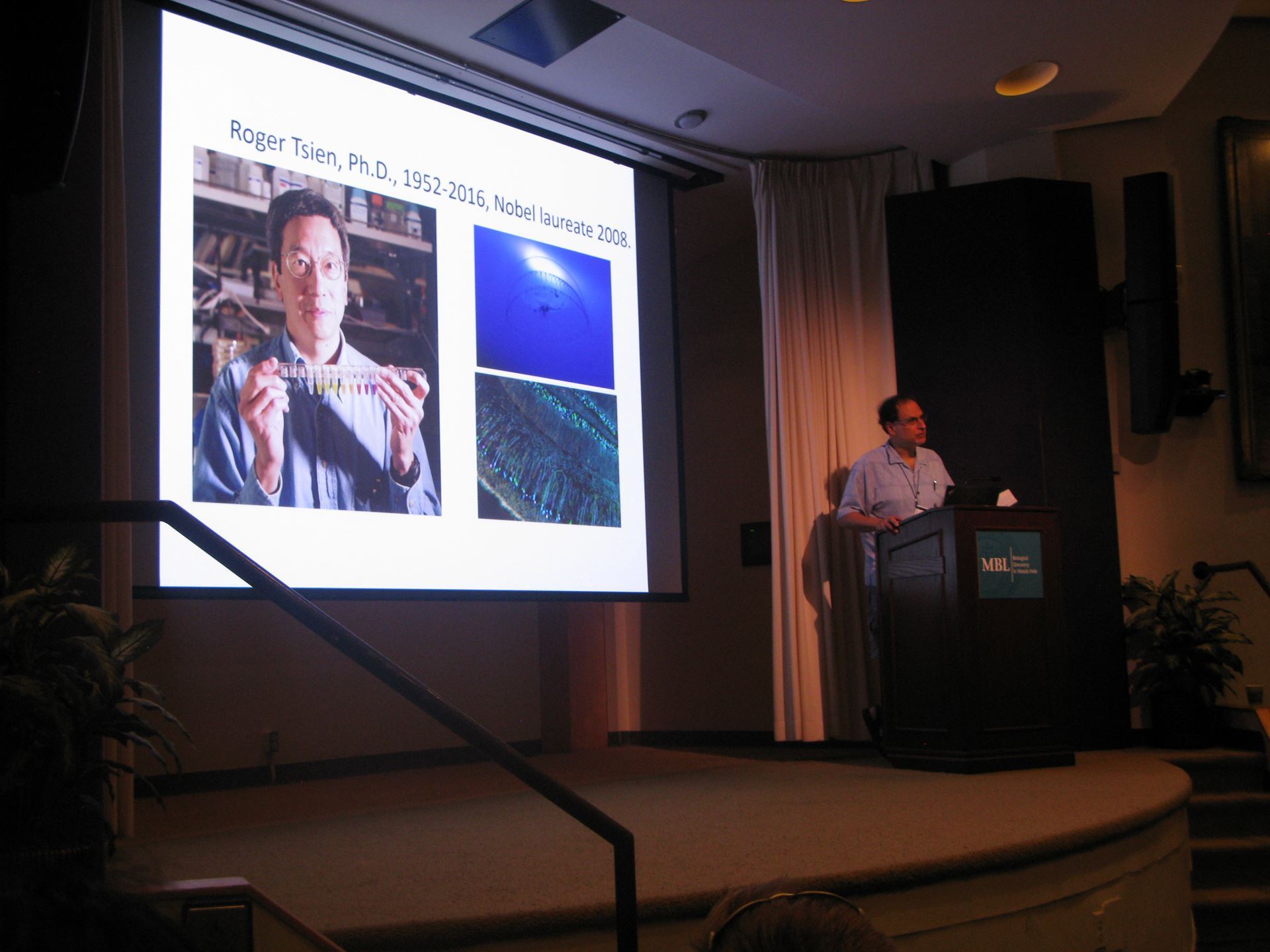| Society of
|
IN MEMORIAM
Peter Kurt Alfred Lauf, Ph.D.
(1933-2025)

Dr. Peter Kurt Alfred Lauf, 91, a devoted husband, loving father of
three children, grandfather to seven grandchildren, eminent research
scientist in the field of cell physiology, and ardent patron and
performer of music, passed away peacefully in Louisville, Ky., on Feb.
3, 2025.
Born in Wurzburg, Germany, on Sept. 25, 1933, Peter braved turbulent
war times to follow his father's passion for medicine, attending medical
school in Freiburg, Germany, while pursuing his love for music, as well
as mountaineering in the Alps. He was the son of a doctor, and musician
wife, and had two younger brothers. Peter began his career as an
internal medicine doctor and served as a research fellow at the Max
Planck institute. From a first marriage he had two daughters, Cornelia
and Bettina. In 1963, Dr. Lauf chose to follow a research career in cell
membrane transport physiology in the United States, bringing his young
family to Detroit, Mich., where he worked at the Children's Hospital and
lived in Oak Park.
In 1968, Dr. Lauf was appointed at Duke University in North Carolina
where he performed seminal research in discovering the
potassium-chloride cotransporter under the leadership of Dr. Daniel
Tosteson. In 1981 he met biochemist and biophysicist Dr. Norma Adragna, a
researcher at Harvard University. They married in 1982. In 1985, Dr.
Lauf assumed the role of chair in the Department of Physiology and
Biophysics at Wright State University, and moved to Dayton with Norma
and their young son, Adrian. Dr. Lauf held the chairmanship for 18
years. He became professor emeritus and was awarded the distinction of
University Professor. He was a founder of the Ohio Physiological
Society, published over 340 papers, and received over 5,500 citations.
Respected and beloved by his colleagues and students, Dr. Lauf helped
many begin careers in science. His final appointment was on the faculty
of the University of Louisville Physiology Department at the School of
Medicine. Dr. Lauf and his wife, Norma, moved to the Louisville, Ky.,
area in 2019.
Peter had a sharp mind throughout his entire life, engaging friends,
family and colleagues in spirited discussions about philosophy, music,
sciences, and life. He imbued his love of these subjects to his
children. He was also a passionate supporter of the musical arts, and
played both piano and harpsichord, starting ensembles and attending
concerts together with his three children. He had a passion for skiing,
which he enjoyed through his 90th birthday, for cooking, gardening and
orchids, as well as bird-watching. His legacy lives on in his
contributions to science, and in the hearts and minds of all those he
touched.
Dr. Lauf is survived by his widow, Norma Adragna Lauf; his children:
Cornelia Lauf (Giuseppe Catalano di Melilli), Bettina Forbes (Patrick),
Adrian Peter Orion Lauf (Cecilia Huerta-Lauf); his grandchildren: Noema
Kosuth (Edison Pashkaj); Klio Kosuth, Raymond Walter Forbes, Ava Clara
Forbes, Maria Cecilia Lauf, Michael Peter Gustavo Lauf, Lydia Cecilia
Lauf.
 William ("Bill") A. Catterall, Ph.D.
William ("Bill") A. Catterall, Ph.D.
(1946-2024)
Professor, Department of Pharmacology
University of Washington
Read Memorial
 Frederick Sachs, Ph.D.
Frederick Sachs, Ph.D.
(1942-2023)
Distinguished Professor
University at Buffalo
Read Memorial
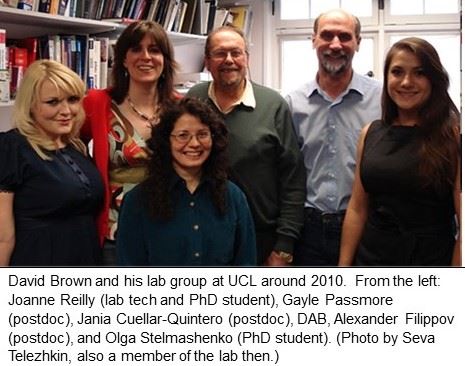 David A. Brown, FRS
David A. Brown, FRS
(1936-2023)
Emeritus Professor
University College London
Read Memorial
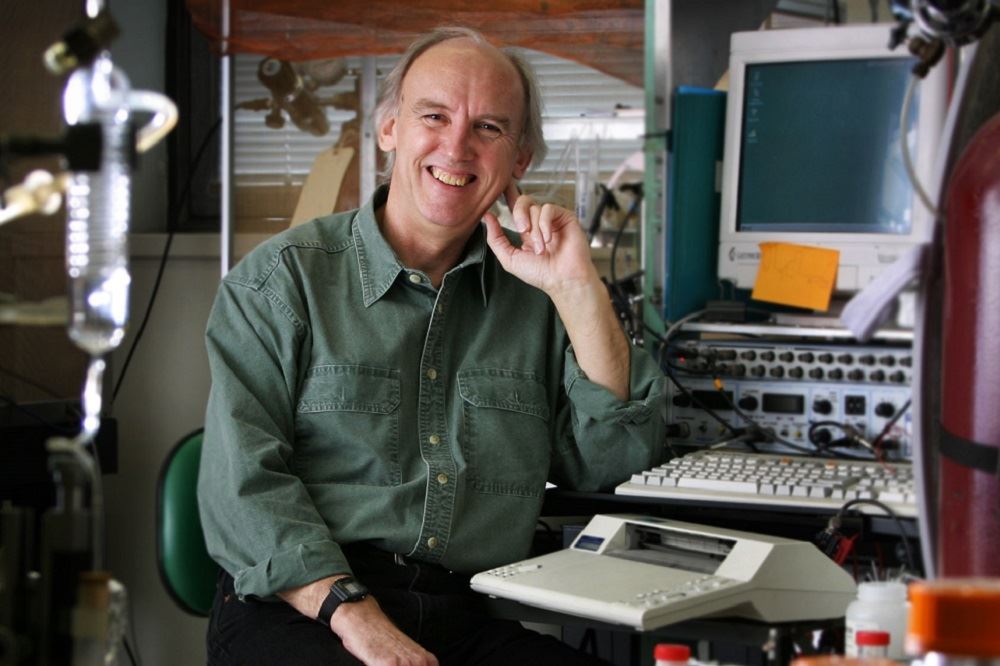 David A. Gadsby, Ph.D.
David A. Gadsby, Ph.D.
(1947-2019)
Professor Emeritus
Rockefeller University
Read Memorial
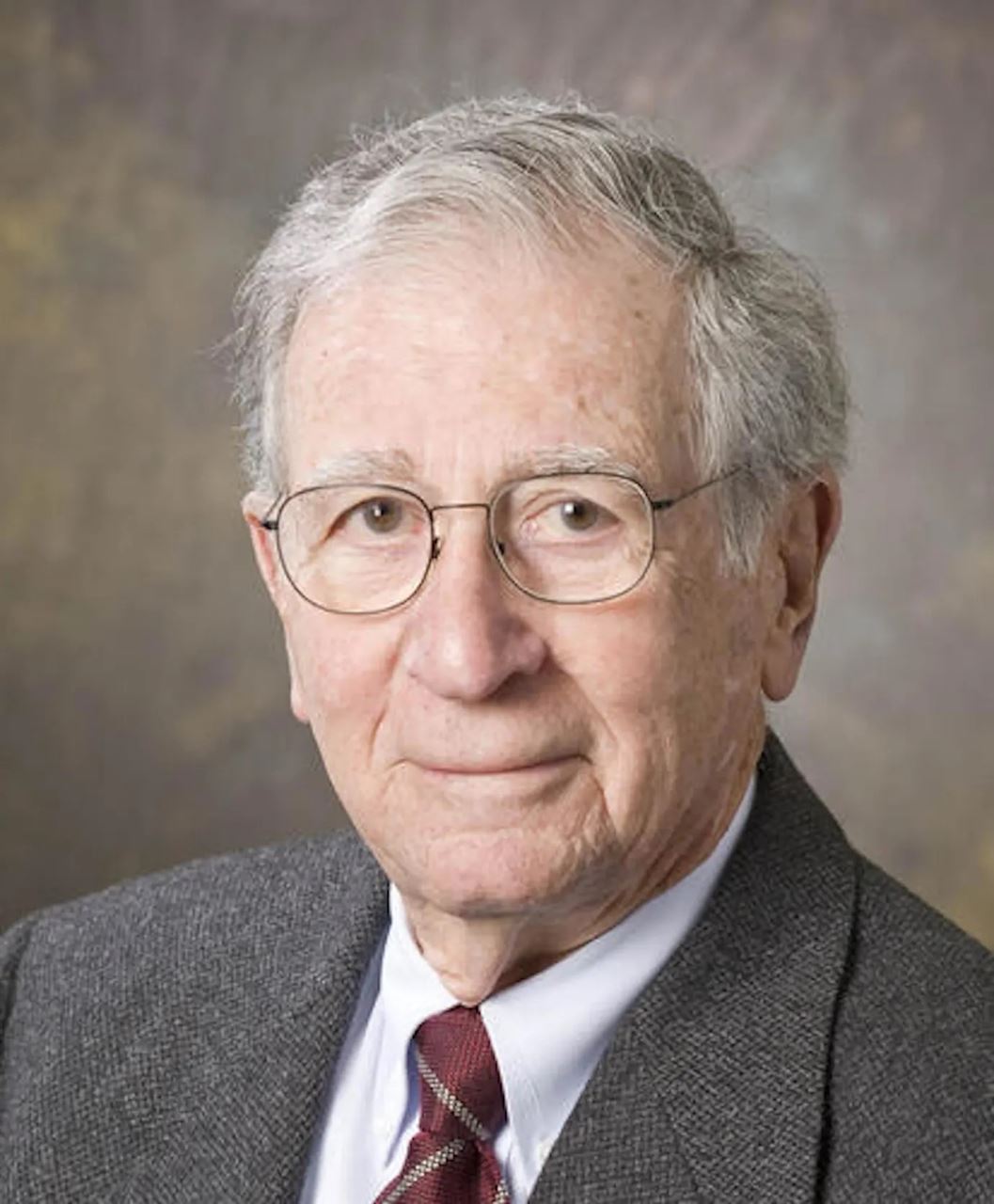 Joseph Frederick Hoffman, Ph.D.
Joseph Frederick Hoffman, Ph.D.
(1925-2022)
Professor Emeritus of Cellular and Molecular Physiology
Yale School of Medicine
Read Memorial
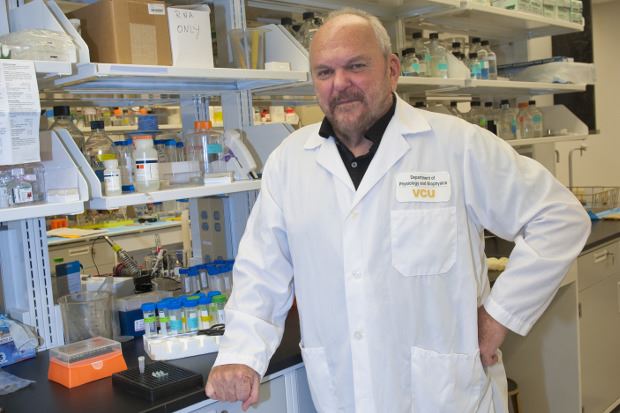
Louis J. De Felice, Ph.D.
(1940-2016)
Professor of Physiology & Biophysics
Virginia Commonwealth University
Read Memorial
Roger Tsien, Ph.D.
Nobel Laureate 2008
(1952-2016)
Read Memorial
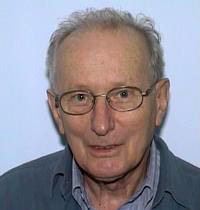 Andrew G. Szent-Györgyi, M.D.
Andrew G. Szent-Györgyi, M.D.
Professor Emeritus at Brandeis
(1924-2015)
Read Memorial
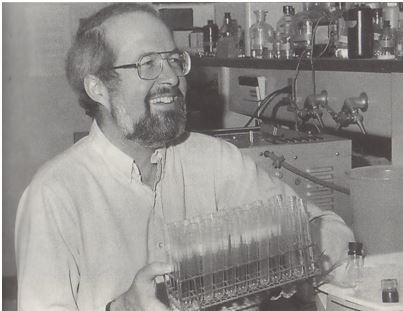
Emeritus Professor of Biology at Syracuse University
(1937-2014)
Read Memorial
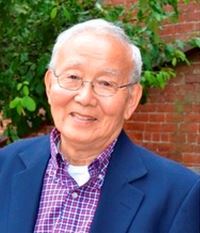
Professor Emeritus Case Western Reserve University
(1927-2013)
Read Memorial

